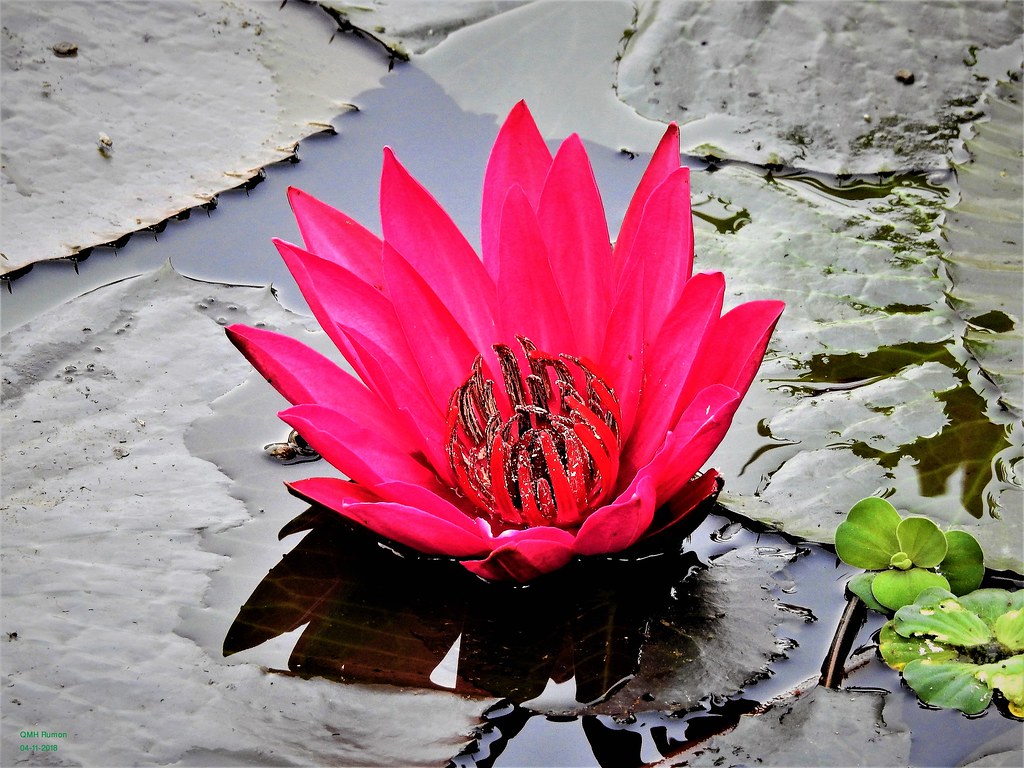
The Indian water lily, scientifically known as Nymphaea nouchali, is a captivating aquatic plant that holds cultural significance in various regions across India and other parts of Southeast Asia.
This beautiful aquatic flower, also known as the Blue Water Lily or the Star Lotus, has captured the imagination of people for centuries due to its mesmerizing appearance and various symbolic meanings. In this comprehensive guide, we will explore the characteristics, cultural significance, growing conditions, and interesting facts about this power flower plant.
Characteristics of the Indian Water Lily:
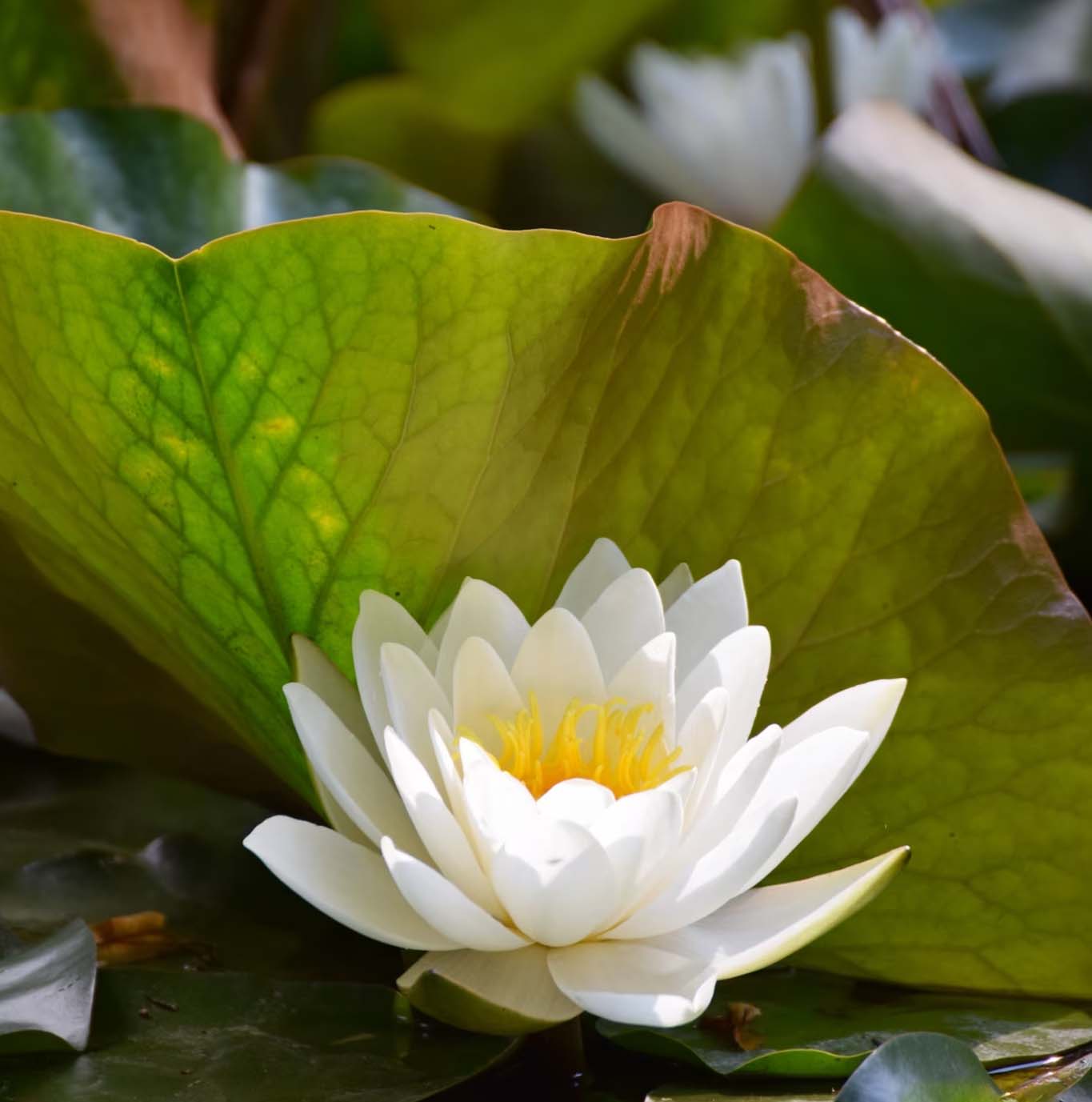
- Appearance: The Indian water lily features large, showy flowers that float on the water’s surface. The flowers can be blue, violet, or white, and they typically have numerous petals arranged in a star-like pattern, giving rise to the name “Star Lotus.”
- Leaves: The plant’s round to oval-shaped leaves are bright green and also float on the water’s surface. The leaves have a waxy texture that repels water, allowing them to stay dry and resist decay.
- Habitat: Indian water lilies are native to tropical and subtropical regions of Asia, including India, Sri Lanka, Bangladesh, and parts of Southeast Asia. They are commonly found in freshwater bodies such as ponds, lakes, and slow-moving rivers.
- Blooming Period: The flower plant typically blooms during the warmer months, from late spring to early autumn. Each flower usually opens in the morning and closes in the late afternoon.
Cultural Significance of the Indian Water Lily:
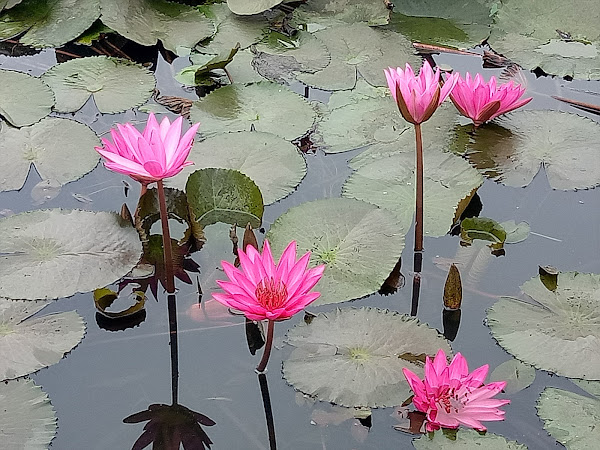
- Religious and Spiritual Symbolism: This flower plant holds spiritual significance in various cultures. In Hindu mythology, it is associated with deities like Goddess Lakshmi and Lord Vishnu, symbolizing purity, fertility, and divine beauty.
- Art and Literature: The flower’s enchanting beauty has inspired numerous artists, poets, and writers throughout history. It is a common motif in traditional Indian art and can be seen depicted in paintings, sculptures, and poetry.
- Medicinal Uses: In traditional medicine, different parts of this flower plant, such as the flowers, leaves, and rhizomes, are believed to possess therapeutic properties. They have been used to treat various ailments, including skin conditions, gastrointestinal issues, and respiratory problems.
Growing Conditions and Care:
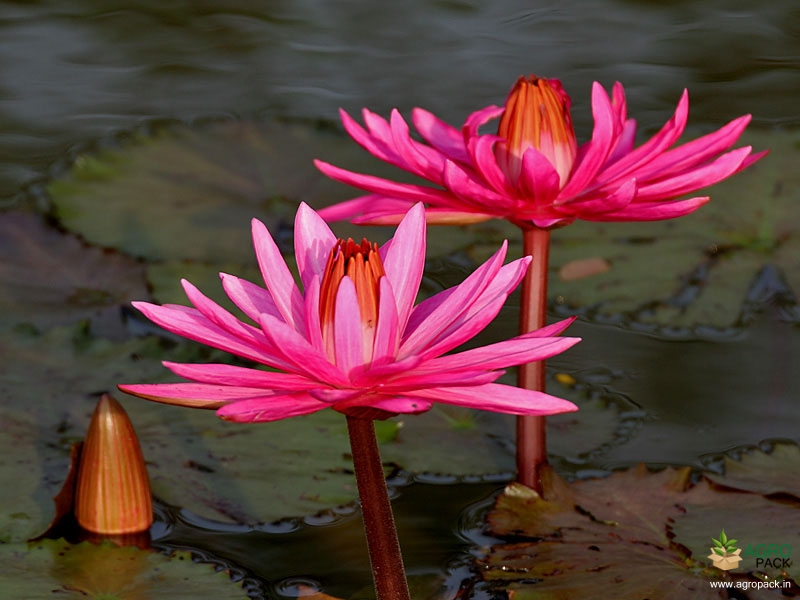
- Climate: Indian water lilies thrive in warm, tropical climates with plenty of sunlight. They are sensitive to frost and prefer temperatures above 60°F (15°C).
- Water Requirements: As aquatic plants, Indian water lilies require a consistent supply of freshwater. They can grow in still or slow-moving water bodies, with a minimum water depth of about 12 inches.
- Sunlight: These water lilies thrive in full sunlight. They need at least 6 hours of direct sunlight daily to produce healthy and vibrant flowers.
- Planting: Indian water lilies can be planted in containers or directly in the muddy substrate of a pond. When planting in containers, ensure they have enough space for the plant to spread its leaves and flowers.
- Fertilization: Provide a balanced aquatic plant fertilizer during the growing season to promote healthy growth and blooming.
- Pruning: Regularly remove dead or faded flowers and yellowing leaves to encourage continuous blooming and maintain the plant’s overall health.
Interesting Facts about the Indian Water Lily:
- The plant is the national flower of Sri Lanka, where it is known as the “Blue Water Lily” or “Nil Mānel.”
- The flowers of the plant are fragrant and attract various pollinators, including bees and butterflies.
- The plant’s rhizomes are an essential part of the diet of the Indian Sarus Crane (Grus antigone), a large, elegant bird found in wetland habitats.
- The plant flower has been historically used as an ornamental plant in garden ponds and water features around the world.
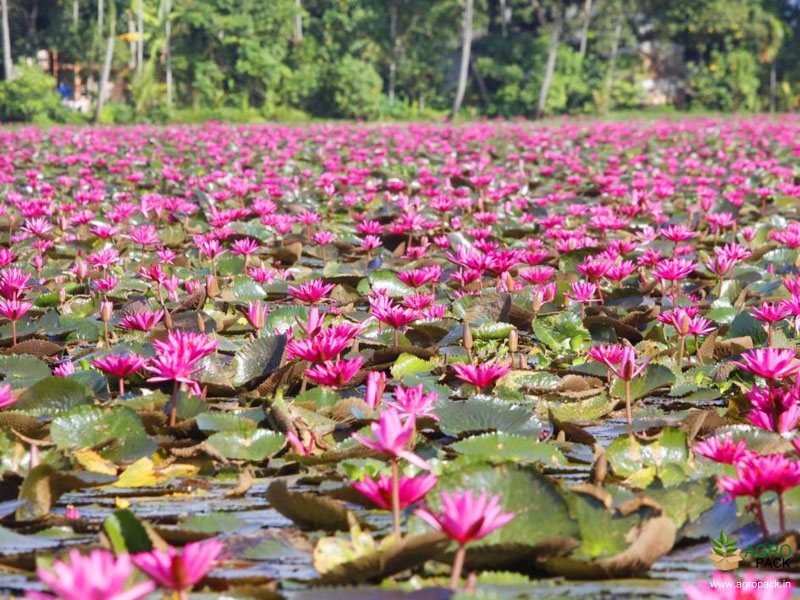
In a nut-shell:
The Indian water lily, with its striking appearance and cultural significance, continues to enchant people with its beauty and symbolism. Found in tranquil water bodies, this aquatic plant serves as a reminder of the intricate relationship between nature, art, and spirituality. Whether admired for its aesthetic appeal or valued for its medicinal properties, the flower plant remains a cherished part of various cultural traditions and natural ecosystems across its native range in Asia.
